Plants are often seen as passive beings, but some species break this mold with their surprisingly animal-like behaviors. From plants that “hunt” to those that can “remember,” these green wonders challenge our understanding of the plant kingdom. Let’s explore 12 plants that showcase behaviors we typically associate with animals.
Mimosa Pudica (Touch-Me-Not)
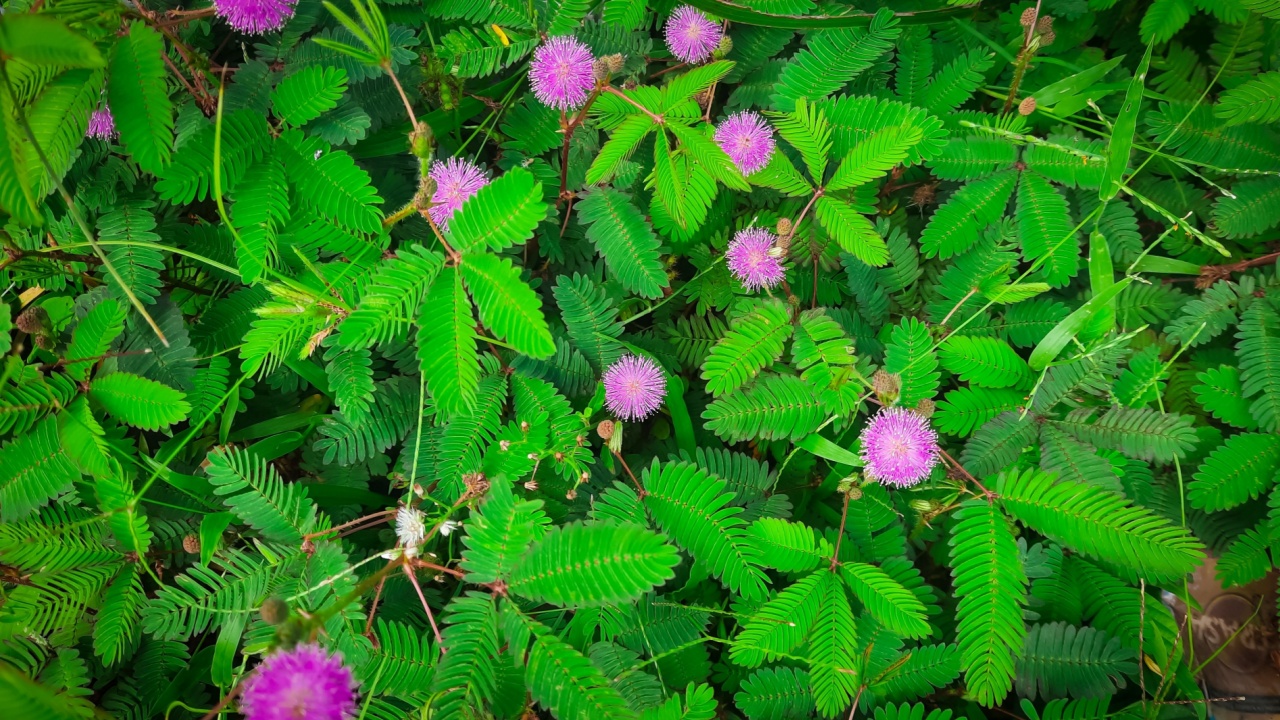
The Mimosa pudica, also known as the touch-me-not or sensitive plant, reacts to touch by rapidly folding its leaves. This quick movement, which happens in less than a second, is a defense mechanism against potential predators. The plant uses an electrochemical signal similar to animal nerve impulses to achieve this speedy response. Interestingly, the Mimosa can also “learn” and “remember,” adapting its response based on past experiences.
Venus Flytrap
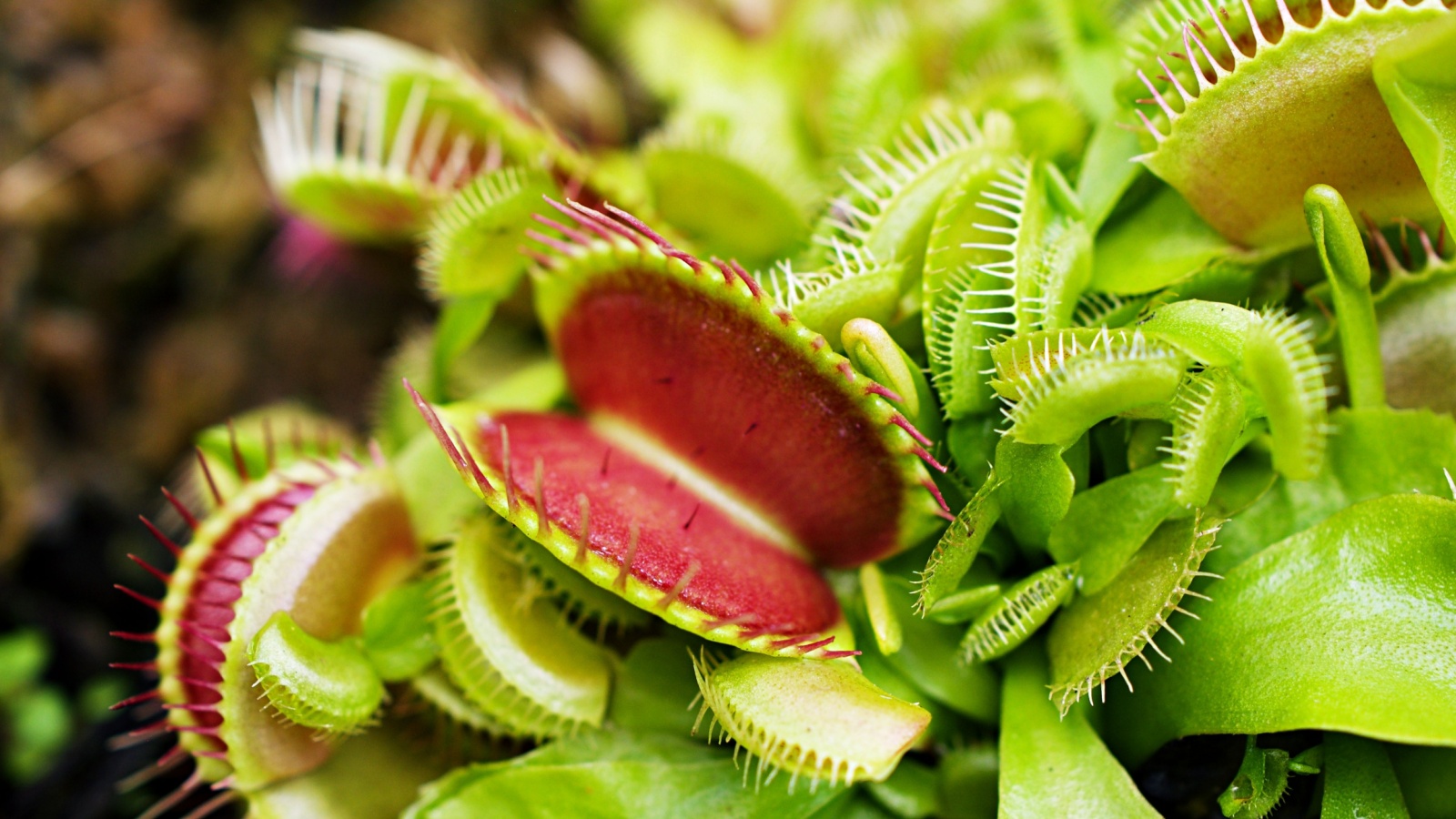
The Venus flytrap is famous for its snap-trap leaves that quickly close around unsuspecting insects. What’s truly remarkable is that this plant can count. It only snaps shut when an insect touches its trigger hairs twice within about 20 seconds. This counting ability prevents the plant from wasting energy on false alarms like raindrops. The Venus flytrap also “digests” its prey, much like an animal’s stomach would.
Dodder (Cuscuta)
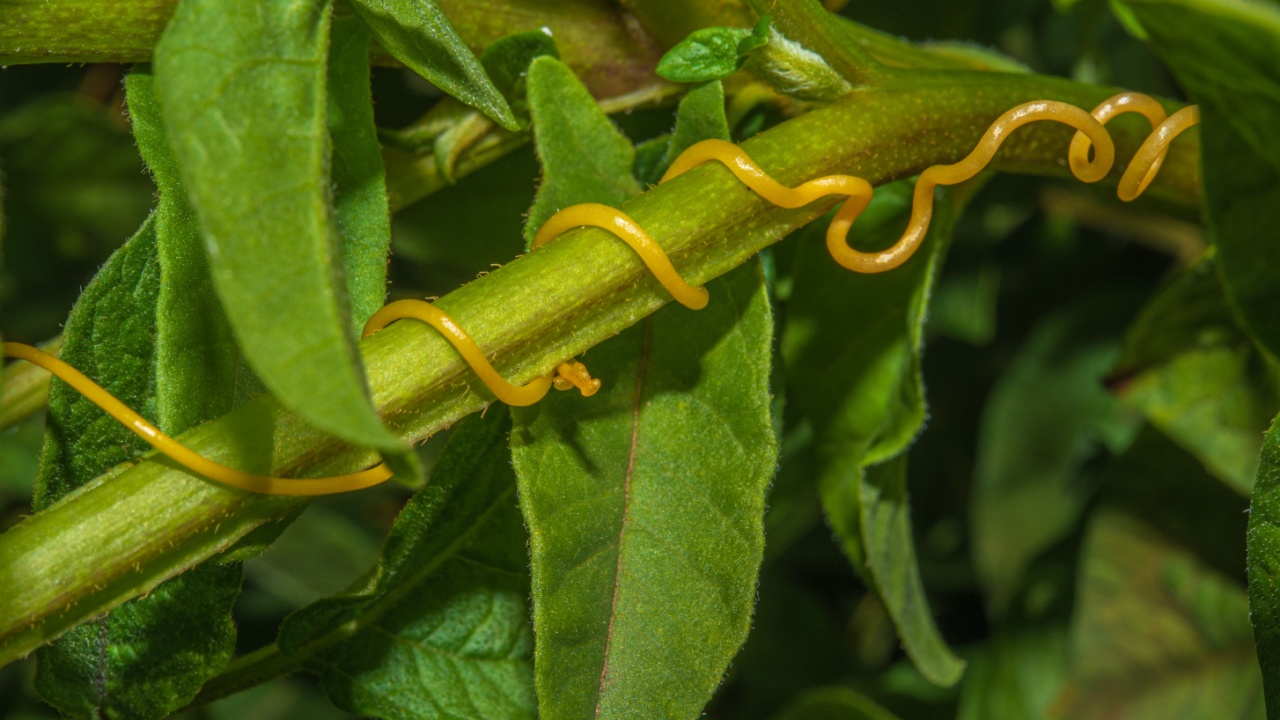
The dodder plant, a parasitic vine, behaves almost like a predator searching for prey. It can “smell” nearby plants and grow towards the most nutritious ones. Once it reaches a host plant, it wraps around it and inserts root-like structures to steal nutrients. If given a choice between tomato and wheat plants, the dodder will consistently choose the more nutritious tomato.
Telegraph Plant (Codariocalyx Motorius)
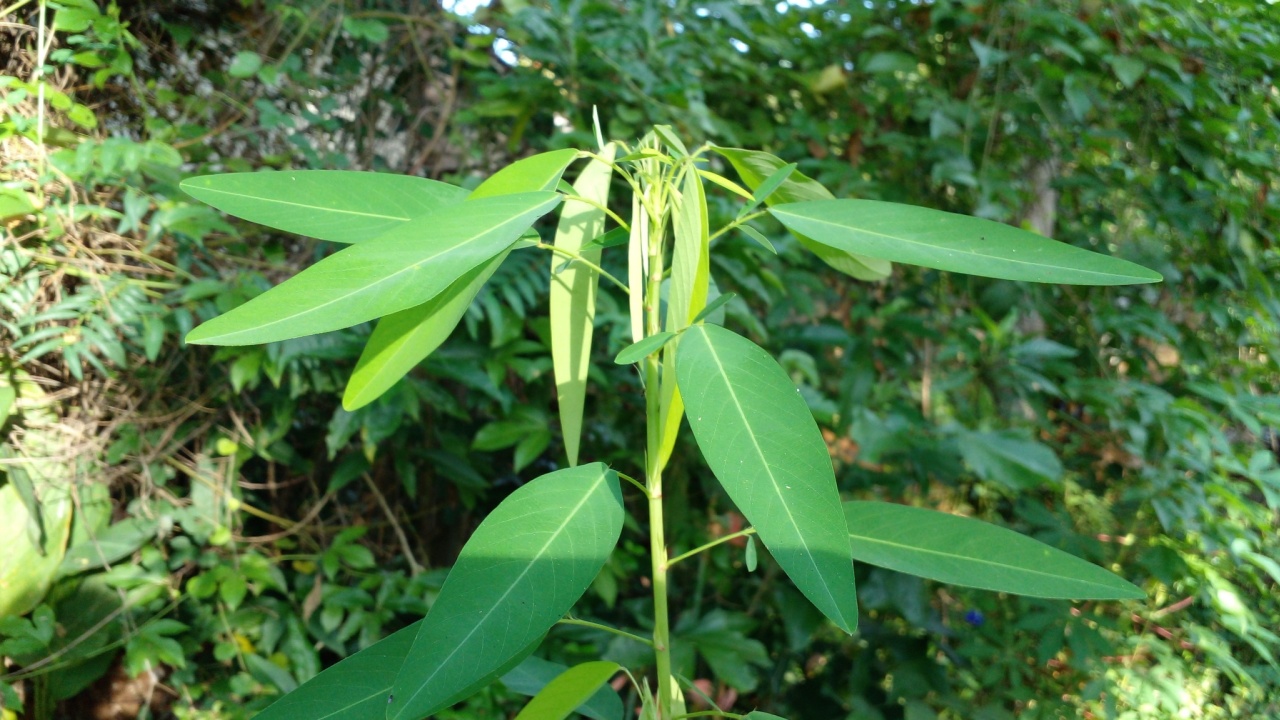
The telegraph plant has small leaflets that move constantly, resembling semaphore flags. These movements aren’t random – they’re searching for the best light conditions. The plant can complete a full rotation of its leaflets in about a minute. This active foraging for light is reminiscent of how some animals search for food.
Corpse Flower (Amorphophallus Titanum)
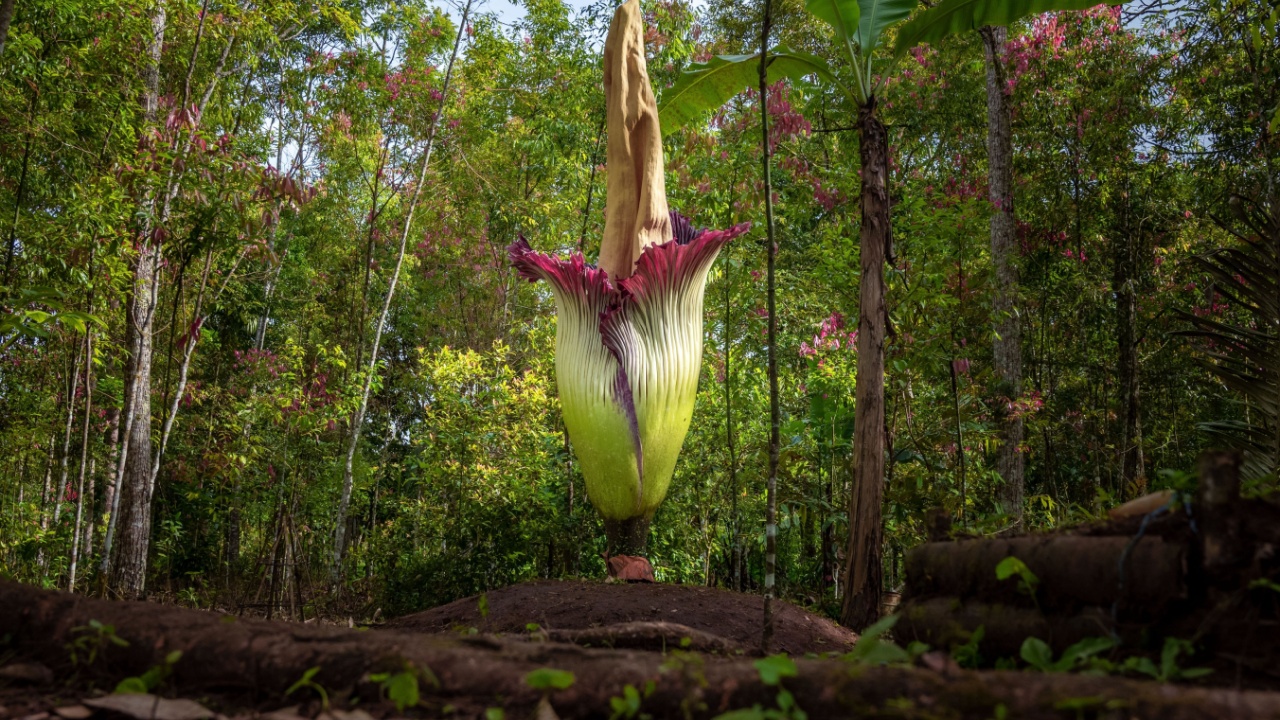
The corpse flower doesn’t just look strange; it also mimics animal behavior to attract pollinators. When blooming, it heats up to human body temperature and emits a smell like rotting meat. This scent attracts carrion beetles and flies, which normally feed on decaying animals. By tricking these insects, the plant ensures its pollination.
Climbing Plants

Many climbing plants, like ivy or grape vines, show a behavior called thigmotropism. They can sense and respond to physical touch, much like an animal’s sense of touch. When their tendrils come into contact with a support, they quickly coil around it. This allows the plant to “climb” and reach better light conditions, showing a form of plant movement that seems almost purposeful.
Sundews
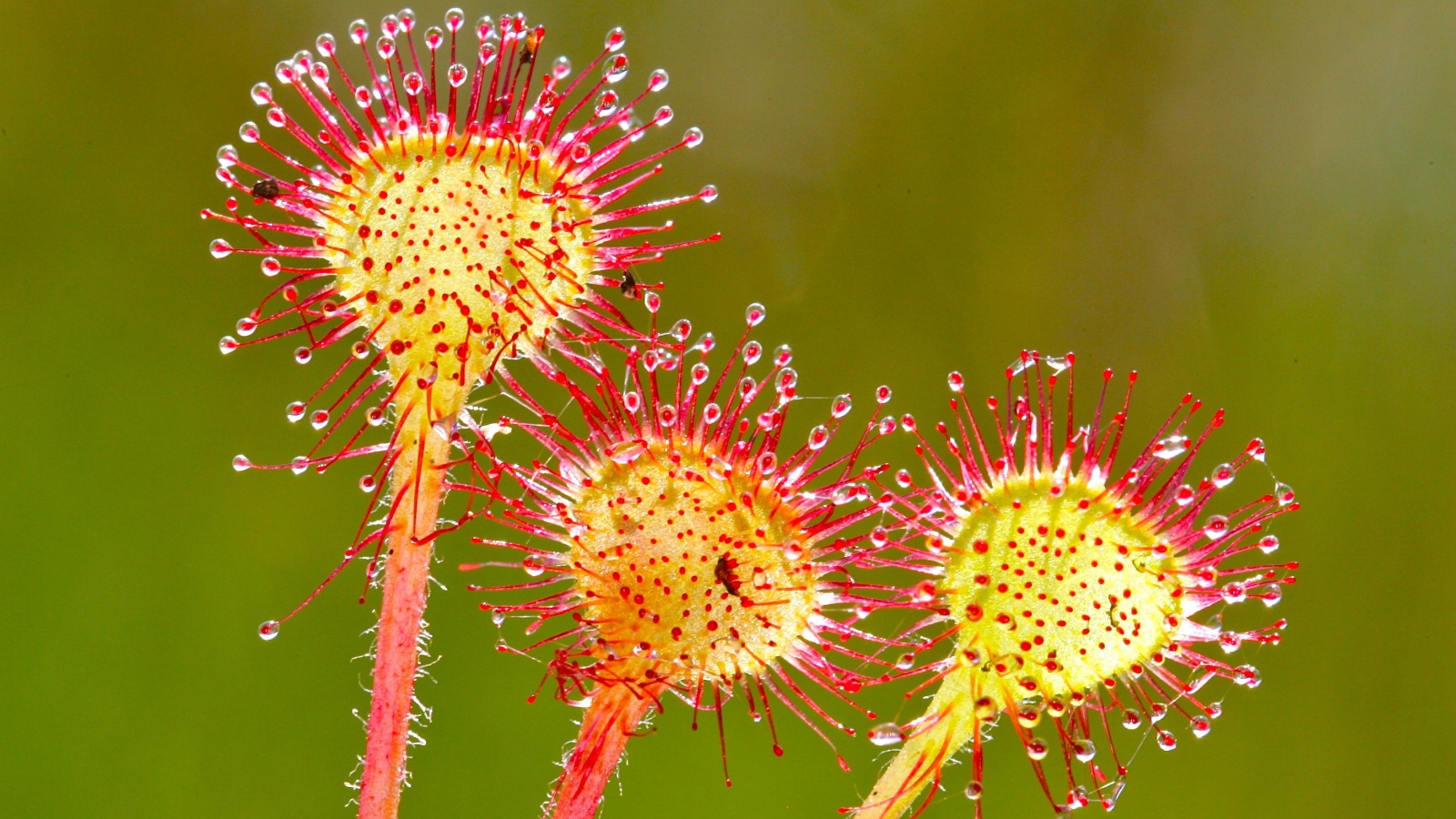
Sundews are carnivorous plants that use a sticky substance to trap insects, much like flypaper. What’s fascinating is that they can tell the difference between prey and non-prey. If a raindrop or a piece of sand lands on them, they don’t react. But when an insect gets stuck, the plant’s tentacles slowly curl around it. This ability to distinguish between different stimuli is reminiscent of an animal’s sensory system.
Broomrape (Orobanche)
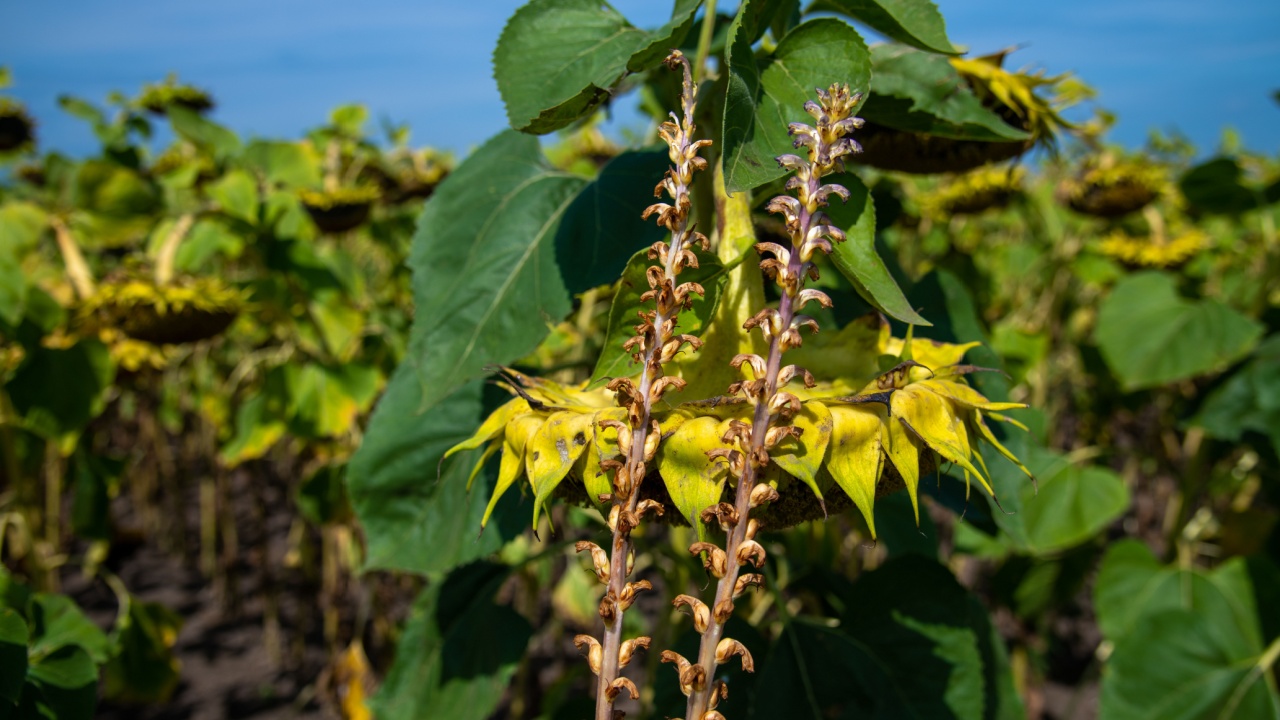
Broomrape plants are parasites that can “eavesdrop” on chemical signals from nearby plants. They use this information to decide when to germinate, ensuring a host plant is nearby. This chemical communication mimics how some animals use pheromones to communicate. By “listening in” on their neighbors, broomrapes increase their chances of survival.
Dancing Plant (Codariocalyx Motorius)

The dancing plant, also known as the telegraph plant, has leaves that move in a rhythmic pattern, resembling a dance. These movements aren’t just for show – they help the plant track the sun across the sky, maximizing its light exposure. This active tracking of a resource is similar to how some animals follow migrating herds or schools of fish.
Trigger Plants (Stylidium)
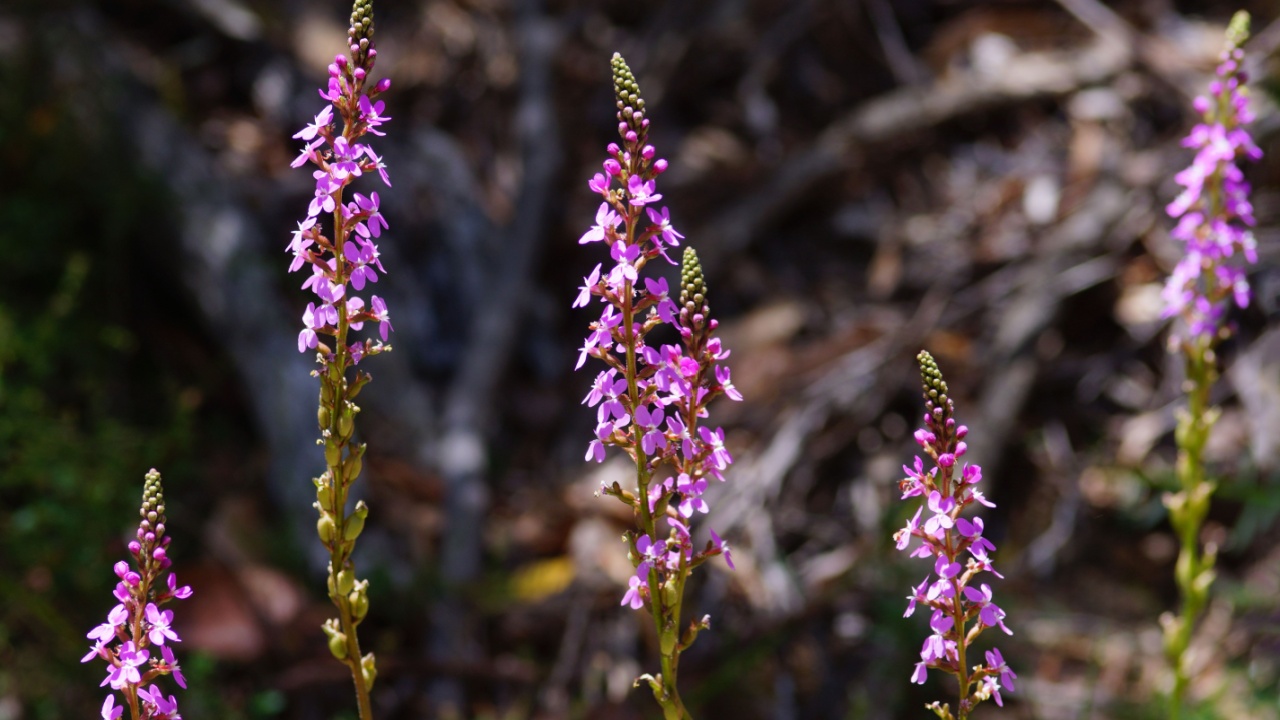
Trigger plants have a unique pollination mechanism that’s almost animal-like in its speed and precision. When an insect lands on the flower, it triggers a column to snap forward, showering the insect with pollen. This happens in just 15 milliseconds – faster than a Venus flytrap! The trigger resets after about 30 minutes, ready for the next pollinator.
Bladderworts

Bladderworts are aquatic carnivorous plants with a lightning-fast trapping mechanism. Their underwater bladders create a vacuum. When tiny water creatures touch the trigger hairs, the trap door opens, sucking in the prey in less than a millisecond. This speed rivals some of the fastest animal movements in nature, like a mantis shrimp’s punch.
Strangler Fig

The strangler fig starts life as an epiphyte, growing on other trees. Over time, it sends roots down to the ground and branches upward, eventually enveloping and killing its host tree. This aggressive growth strategy is almost predatory, resembling how some parasitic animals gradually consume their hosts. The strangler fig’s “behavior” dramatically alters its environment, much like how beavers change landscapes by building dams.


